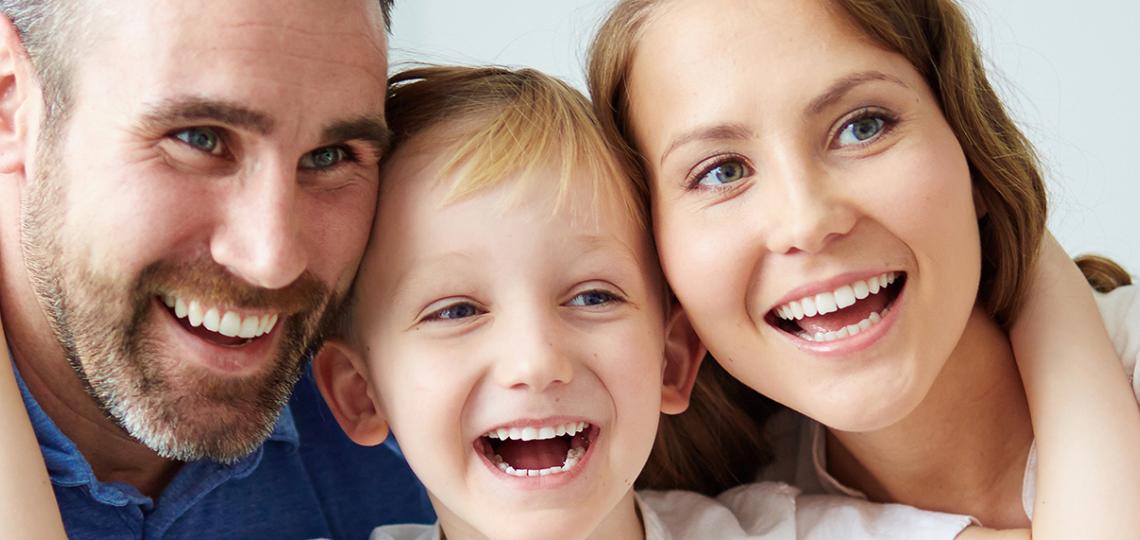Anxiety is one of the most common mental health challenges among youth. Anxiety is often categorized into one of several different ‘disorders’ grouped around a core set of symptoms. Everyone experiences anxiety in their own way, so it’s important to understand your child’s specific anxiety symptoms and triggers. You might find that some of your child’s anxieties fall into these disorder categories very clearly, while others may not. Some fears and anxieties are more common than others, and some anxieties may be difficult to understand. It’s important to recognize that no matter what your child is afraid of, those fears are most likely intense and very real to your child, even if they seem trivial or confusing to you.
The table below will tell you more about the different types of anxiety disorders and their associated symptoms. Or, you can view this as a PDF.
| Anxiety Disorders | Core Symptoms |
|---|---|
| Social Anxiety Disorder | Anxiety about other people thinking badly of you, fear of being judged, fear of embarrassment, fear of rejection in social situations, and in autism, fear of not understanding how to act in social situations. |
| Specific Phobias | Extreme fear and distress because of a specific object or situation. Common fears: animals, natural environments (like storms), blood, injection, or injuries, situations like being somewhere high, or something else. |
| Separation Anxiety Disorder | Anxiety about separation from a loved one (usually the caregiver) and/or being away from the home. |
| Generalized Anxiety | Uncontrollable negative thinking across a range of everyday topics happening over and over. Youth with generalized anxiety are commonly afraid of making mistakes. They may also worry about bad things that could happen in the future. They may experience perfectionism, or worry about how competent they are at something (like sports, hobbies, school, etc.). |
| Selective Mutism | Someone cannot speak or respond to others in certain settings in which they are expected to speak e.g., school (although they are able to speak in other settings). |
| Panic Fears | Experiences unexpected panic attacks over and over, which is when someone feels extremely scared very quickly and experiences uncomfortable physical sensations. Some people may also become anxious about any future panic attacks they might have. |
| Agoraphobia | Fear about situations in which you cannot easily escape or get help if needed (like in enclosed places or big crowds). |
| Obsessive Compulsive Disorder (OCD) | Experiences unwanted thoughts (obsessions) and performs repetitive behaviors (compulsions) to relieve distress from the thoughts. Common themes include contamination (fears of contamination and washing or cleaning behavior), harm (fears of harm and checking/reassurance-seeking), taboo thoughts (having “bad” thoughts and checking or reassurance-seeking behaviors), and/or symmetry (needing things to be “just-right” or even). |
Although OCD is no longer considered an anxiety disorder by many people, we have found in our work that it is still very useful to think about it this way. Most kids with OCD are afraid of their intrusive thoughts, and the CBT models for OCD and anxiety disorders overlap a lot. This is something you will be learning more about in module 3!
It can be hard to understand why your child may have a particular fear. It is important to try and empathize with your child’s fears and validate their feelings, even if you don’t understand where they are coming from. Ultimately, what is important is understanding how to support your child in managing their anxiety.








